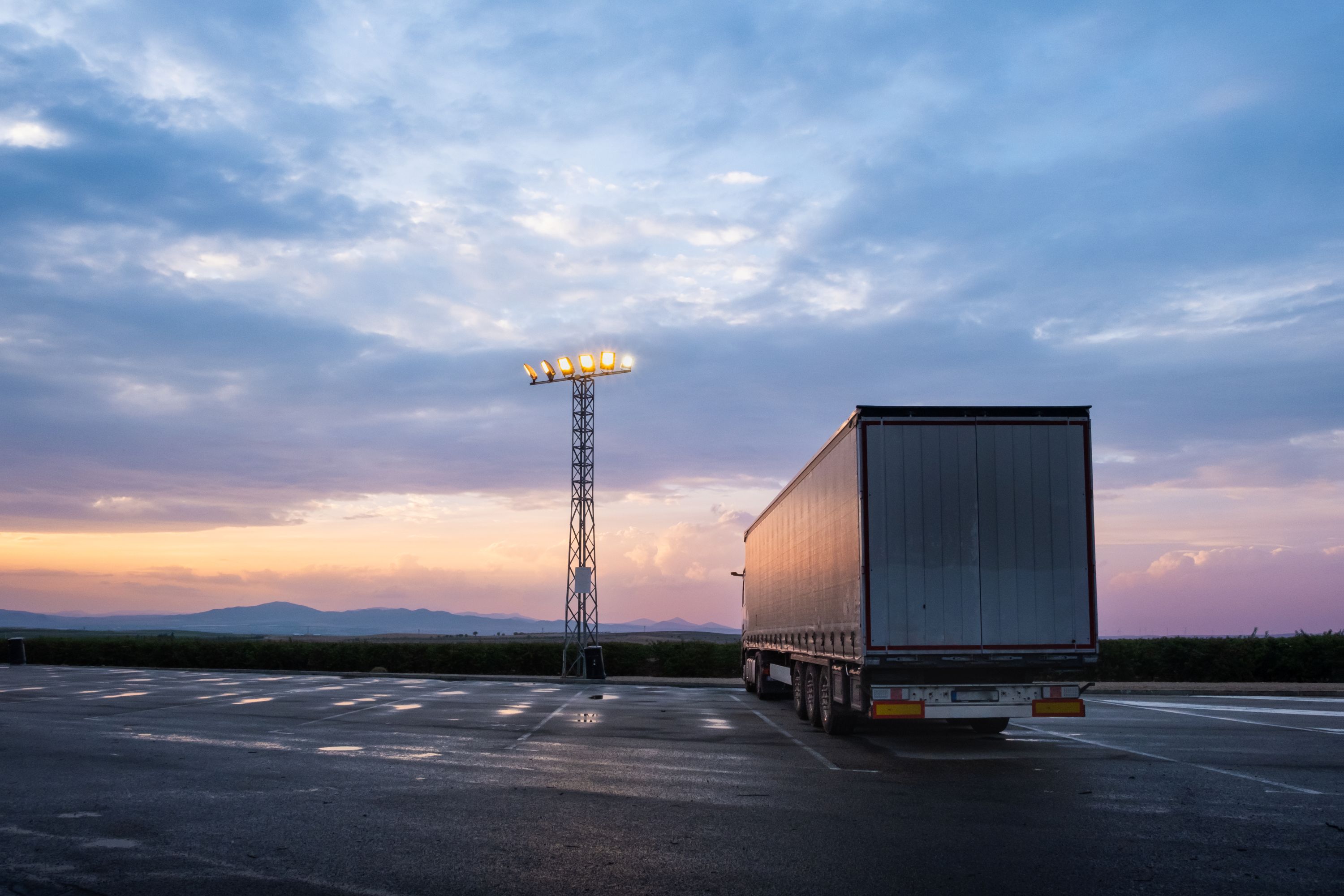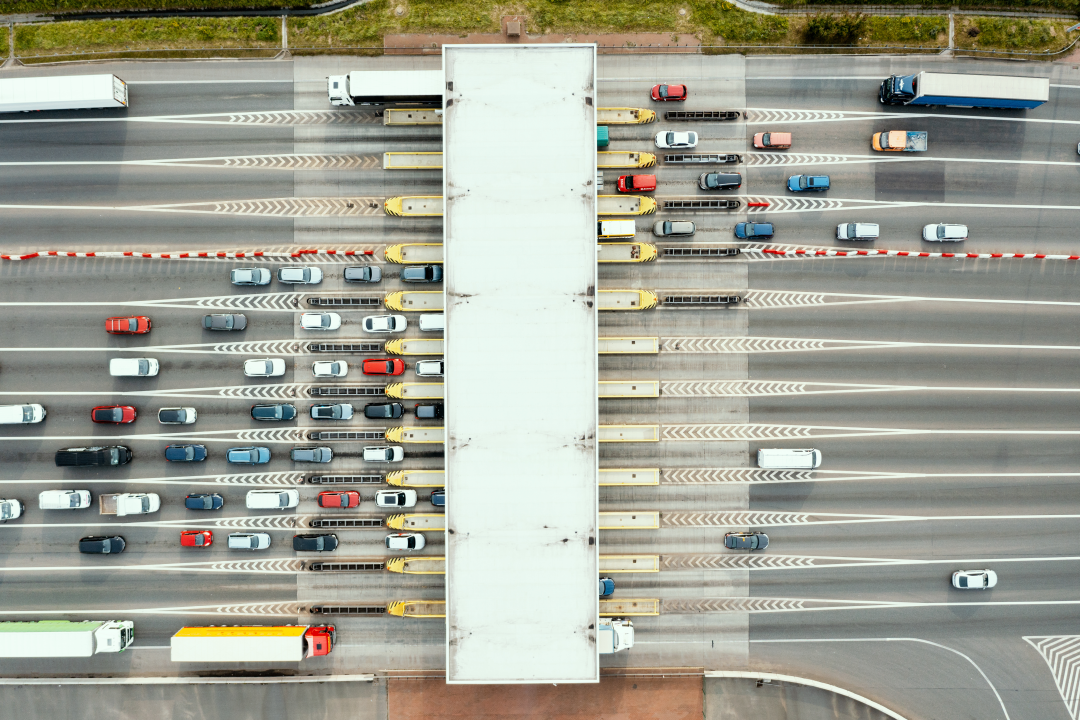
Guest
Indvirkningen af strømsvigtet på Den Iberiske Halvø i 2025 på vejtransporten
Oprettet: 04.06.2025
•
Opdateret: 04.06.2025
Den 28. april 2025 fejede en omfattende strømafbrydelse hen over Den Iberiske Halvø og efterlod millioner af hjem, virksomheder og offentlige tjenester i Spanien og Portugal uden elektricitet. Strømafbrydelsen i Spanien og Portugal, som begyndte kl. 12.33 lokal tid, ramte store byer som Madrid, Barcelona, Lissabon og Porto samt store dele af de omkringliggende regioner. I nogle områder kom strømmen tilbage inden for fire til seks timer; i andre varede afbrydelsen til langt op ad formiddagen.
Selv om den præcise årsag stadig er under efterforskning, tyder de første rapporter på, at en fejl i det grænseoverskridende transmissionsnet forstyrrede elektricitetsstrømmen på tværs af begge nationale net. Konsekvenserne var hurtige og omfattende, idet togdriften blev indstillet, fly fik flyveforbud, hospitaler og offentlige tjenester blev påvirket, og den digitale infrastruktur blev lammet. For transport- og logistiksektoren var udfordringen øjeblikkelig og berørte alle aspekter af vejbaserede operationer, fra fragt og brændstofforsyning til trafikkontrol og chaufførernes velfærd.
"Når strømmen svigter, gør mange af de systemer, vi er afhængige af for at holde vejene sikre - fra trafiklys og skiltning til kommunikation - det samme", siger Raquel Martinez, European Sales Manager hos SNAP. "For både chauffører og flådeoperatører understregede strømsvigtet i 2025, hvor hurtigt rutineture kan blive højrisiko, og hvor vigtigt det er at være opmærksom på, hvor chaufførerne kan stoppe for at opretholde sikkerheden for dem selv og deres last."
Forsinkelser af fragt
For transportfirmaerne var det første og mest presserende problem, at godstransporten blev indstillet. På hele den iberiske halvø blev driften af lagre, ekspeditionscentre og cross-docking-knudepunkter bremset eller stoppet helt. Internationale transporter blev også påvirket, idet lastbiler blev tilbageholdt ved grænserne, mens myndighederne arbejdede på at genoprette den grundlæggende trafikkontrol og sikre trafiksikkerheden.
Da jernbanegodset var gået i stå, forsøgte nogle operatører at flytte lasten over på vejnettet, men det medførte sine egne begrænsninger. Overbelastede ruter, trafiksystemer, der ikke fungerede, og ujævn adgang til brændstof betød, at vejtransporten ikke kunne absorbere efterspørgslen. Det tog flere dage at indhente efterslæbet og genoprette forsyningskædens pålidelighed.

Bompenge, trafik og teknologiske fejl
Strømafbrydelserne på den iberiske halvø afslørede også, i hvor høj grad moderne infrastruktur er afhængig af digitale systemer. Trafiklysene i de store byer gik i sort, hvilket skabte trafikpropper og øgede risikoen for ulykker. Elektronisk skiltning, motorvejssensorer og intelligente rutesystemer svigtede alle og fratog bilisterne vejledning og opdateringer i realtid.
Betalingsanlæg blev ligeledes påvirket. Da de automatiske bomme og elektroniske betalingssystemer var ude af drift, måtte personalet i nogle områder løfte bommene manuelt eller opkræve kontanter. Det førte til forsinkelser på større ruter, tabte indtægter for bompengeoperatørerne og bekymringer om systemets integritet, når strømmen blev genoprettet.
Brændstofmangel
Et af de tydeligste tegn på sektorens afhængighed af elektricitet kom ved brændstofpumperne. Da strømmen svigtede, blev tankstationer i hele Spanien og Portugal tvunget til at lukke. Pumper og betalingssystemer holdt op med at virke, og kun et lille antal tankstationer med nødgeneratorer var i stand til at betjene kunderne. Disse blev hurtigt overvældet, hvilket førte til lange køer og i mange tilfælde bilister, der var strandet uden brændstof.
Afbrydelsen strakte sig også opstrøms, hvor havnefaciliteter og brændstofdistributionsnetværk ikke kunne fungere med normal kapacitet, hvilket forsinkede transporten af brændstof til indlandsområder og yderligere forværrede forsyningsproblemerne.
Elbiler og opladningsinfrastruktur
For operatører af elektriske køretøjer udgjorde strømafbrydelsen en særlig udfordring. Opladning af elbiler i hele Spanien og Portugal var ude af drift, hvilket gjorde elbilerne ubrugelige, medmindre de allerede havde nok opladning til at gennemføre deres rute. Da der ikke var adgang til opladning, blev nogle leverancer indstillet, og elbiler blev midlertidigt taget af vejen.
For logistikvirksomheder, der overvejer at gå over til elektriske flåder, understregede strømafbrydelserne på den iberiske halvø vigtigheden af beredskabsplanlægning og backup-infrastruktur for at opretholde driften under strømsvigt.

Chaufførens velfærd
De mest presserende bekymringer drejede sig måske om chaufførernes velfærd. Rastepladser og servicestationer blev kastet ud i mørket - mange uden lys, varme, varm mad eller fungerende toiletter. Nogle chauffører stod tilbage uden et sikkert sted at hvile sig under de påtvungne forsinkelser.
Kommunikation var et andet stort problem. Da mobilnetværkene blev afbrudt, havde chaufførerne svært ved at kontakte depoter, anmode om support eller få adgang til trafikopdateringer. For mange blev lokalradio den eneste pålidelige informationskilde. Situationen var en skarp påmindelse om, hvor udsat branchen kan være, når kritisk infrastruktur svigter.
Lektioner for fremtiden
Selv om strømafbrydelsen i Spanien-Portugal varede mindre end 24 timer de fleste steder, var forstyrrelsen af vejtransport og spedition betydelig. Strømafbrydelsens indvirkning på logistikken omfattede alt fra brændstofforsyning og infrastrukturens modstandsdygtighed til nødberedskab og chaufførernes velbefindende. Men det gav også anledning til fornyet diskussion om, hvordan flådeoperatører kan forbedre forretningskontinuiteten og beskytte deres medarbejdere i tilfælde af lignende hændelser.
Et vigtigt første skridt er at etablere og teste en robust plan for forretningskontinuitet. Den bør omfatte kommunikationsprotokoller, adgang til brændstof, alternative ruter og indsættelse af køretøjer. Hvor det er muligt, bør alternative tidsplaner og leveringspartnere identificeres på forhånd - især for tidsfølsomme eller kritiske laster.
Det er afgørende at støtte chaufførernes velbefindende i situationer som denne. Nødhjælpskasser - med snacks, vand, lommelygter, powerbanks og reflekstøj - kan give tryghed og praktisk hjælp.
"Operatørerne vil måske også gerne gennemgå faciliteterne på depoterne for at sikre, at chaufførerne har sikre steder at hvile sig, især ved længere forsinkelser," siger Raquel. "At vide, at der er et netværk af lastbilstoppesteder i regionen, som f.eks. vores partnernetværk, kan give tryghed om, at der er et sted at stoppe, indtil strømmen vender tilbage.
"Strømafbrydelser i denne størrelsesorden er måske sjældne, men risikoen er reel. Operatørerne skal overveje, hvordan de opbygger modstandskraft og tilpasser sig situationer for at holde sig i bevægelse - fra at sikre adgang til brændstof til at revurdere ruteplanlægning og hvile i nødsituationer."
SNAP Mobility Services i Spanien
Vi har et omfattende netværk af stoppesteder og serviceområder i hele Spanien og Europa. [Besøg vores interaktive kort for at se, hvor du kan finde vores partnere i dag] (https://snapacc.com/map/spain/)



